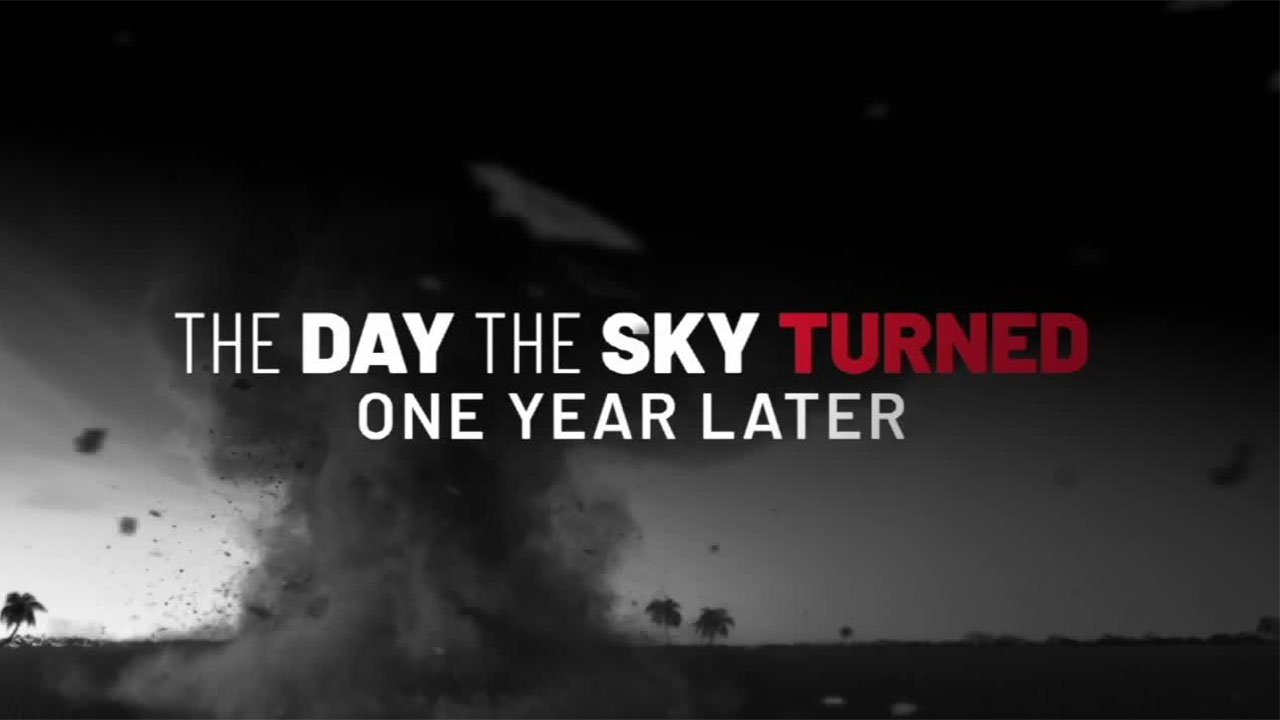A new study gives some insight into why we haven't seen a major hurricane make landfall in South Florida in more than a decade, and why this year could be different.
In October, we watched Hurricane Matthew ravage the Caribbean and Haiti as a category 4 storm; models put South Florida in Matthew's powerful path.
But the strength of the storm changed. “Matthew was moving into a favorable environment in the tropics getting very, very strong and as it approached the coast it encountered hostile conditions that weakened to a Cat 1 before landfall,” said Dr. Jim Kossin, an atmospheric scientist with the National Oceanic and Atmospheric Administration.
Kossin discovered a shield of sorts that weakened Matthew and several other storms over the past decade.
“When the storms form they have to run a gauntlet through these bad conditions as they approach the coast,” said Kossin. He added, the phenomenon doesn't benefit hurricane-prone areas like the Caribbean or Latin America, instead only the U.S. and is strongest along Florida's east coast.
Think of it as an invisible protective barrier shielding our coast. It limits a hurricane's devastation even if it gains strength in open waters.
The barrier is formed by strong wind sheers and cooler ocean temperatures. This buffer zone may help explain our current "hurricane drought" over the past 11 years.
Kossin’s study found shifts in weather patterns over decades that worked together to weaken hurricanes as they approached our coast.
When there's a busy hurricane season, fewer devastating storms hit Florida and the east coast.
On the flip side, Kossin added, in a quiet season, hurricanes are more likely to strengthen before landfall. Some believe the Atlantic may be approaching this "quiet season."
Hurricane Andrew, a Category 5 storm that devastated Florida nearly 25 years, ago is an example of a storm that intensified rapidly during the last quiet period.







